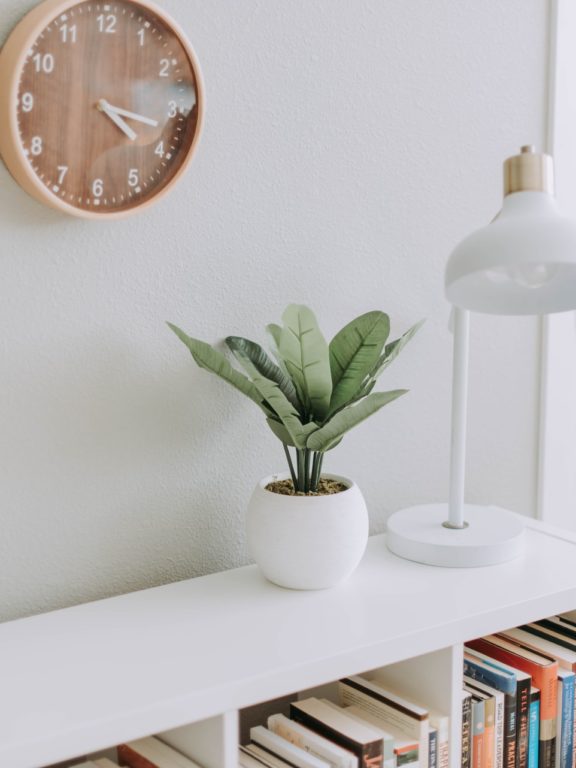When thinking about air pollution, most people envision large cities filled with smog or other outdoor areas. While it’s true that these can easily become polluted, outside areas aren’t the only ones you need to worry about. Especially when people have been staying inside more than ever due to Covid-19, you need to think about your indoor air quality now more than ever. Many people spend more time indoors than outdoors anyway, and even if you’re someone who loves outdoor air, you’ll still be sleeping in your home more often than not. You must keep it as free of contaminants as possible.
Unfortunately, this is much harder than it seems. It’s actually estimated that there are more contaminants inside a building than outside—up to 10 times more, in fact. Pollutants inside can constitute a variety of things from multiple sources including dust, mold, paint fumes, harmful chemicals like radon or carbon monoxide, gases from the stove, allergens like pollen, tobacco smoke, and more. It’s crucial to clear as many indoor air pollutants as possible since they can easily cause health problems like asthma, allergies, fatigue, and throat irritation. In extreme cases, harmful chemicals or asbestos can even increase your risk for lung cancer. Here are just a few ways you can start taking back control of your indoor air.
Determine what kind of pollution you have.
Before you can really start making a difference in your home, you should find out exactly what kind of contaminants are in your indoor environment. The way you would go about cleaning up dust mites, for example, is going to be different from how you would address mold or chemicals like formaldehyde. Start by getting an indoor air quality monitor. These will almost always check for particles, chemical pollutants, and humidity levels. You can also find devices that will check for carbon monoxide and carbon dioxide levels. Once you know what pollutants you’re dealing with, you can work to remove them.
Make sure you have proper ventilation.
Every home needs good ventilation to maintain proper air quality. A poorly maintained HVAC system won’t just run up your electric bill; it can also make your indoor air less safe to breathe. If you aren’t changing your furnace filters, the HVAC ducts can get clogged with dust, which will spread around your house. A faulty system may even pull contaminants like allergens or pesticides in from the outside. No amount of carpet vacuuming or other cleanings will help if your HVAC system sabotages all your work.
Control your humidity levels.
Moisture can be a huge problem for indoor air quality, and the more humid your house is, the more likely moisture is to collect. Humidity makes it easy for mold to grow in areas like the bathroom or on the walls, and hazardous molds like asbestos can have plenty of negative health effects.
The EPA recommends that you always keep humidity levels below 60% indoors, and they should be between 30-50%. If you find your relative humidity is too high, you can lower it by using a dehumidifier, keeping houseplants that absorb humidity, taking shorter showers, and even by replacing old carpet. Not only will this reduce mold buildup, but low humidity also discourages pests like dust mites and cockroaches.
Use an air purifier.
Fortunately, there are plenty of good (and affordable) air purifiers on the market that you can set up in various rooms throughout your home. These are great for removing particles and tobacco smoke from the air, and you can even find models that will remove peskier contaminants like bacteria and viruses. They’re unlikely to remove pollutants that are already clinging to your surfaces, so you’ll still have to clean regularly. Still, a purifier is an excellent addition to your other lines of defense.

